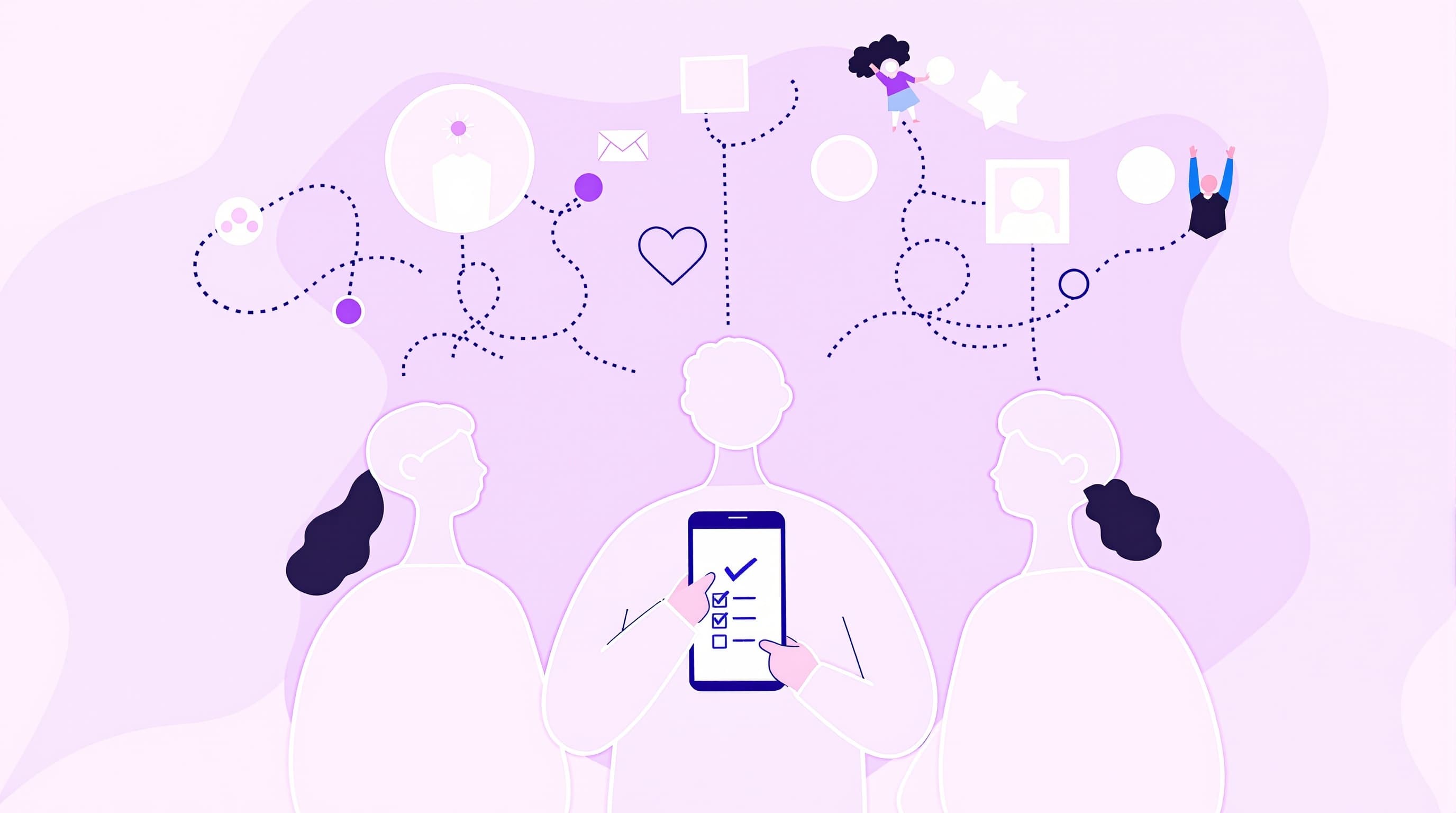NDIS Insight
ndis
Exploring Innovative Community Participation Ideas with NDIS Funding
Updated 8/24/2025
Discover creative ways to engage in community participation using NDIS funding. Learn about grants, initiatives, and success stories.
9 min read

ndis
disability-support
NDIS community participation
NDIS funding